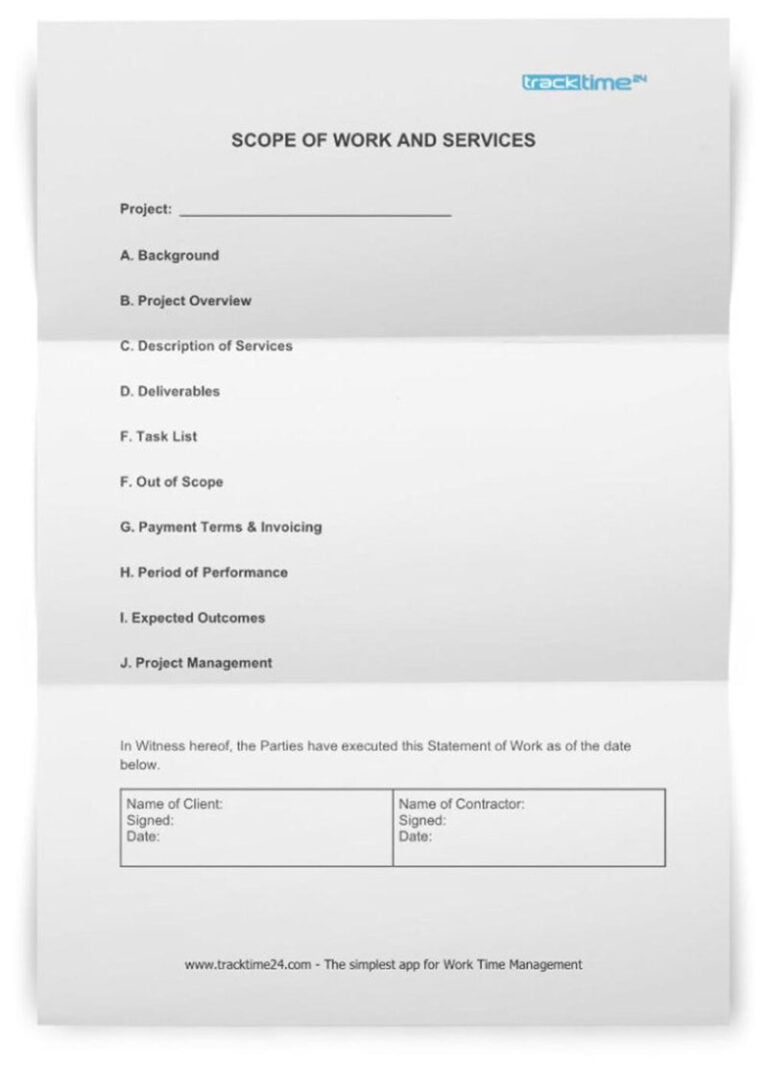On February 1, 2022, India’s Minister of Finance and Corporate Affairs, Nirmala Sitharaman, delivered the Union Budget 2022. From her most basic union budget 2022 aspirations, we’ve produced a list of the most significant lessons for eCommerce businesses, startups, entrepreneurs, and small and medium-sized business owners.
In addition, during the COVID-19 period, the Budget of Union 2022-23 offered a summary of India’s GDP and stability. It also proposed increased allocations for practically every industry to help the subcontinent prosper. In the following post, we’ll look at some highlights of the Union budget for the fiscal year 2022-23.
“Micro, Small, and Medium Enterprises (MSMEs)” play an important role in the country’s economic and social development by encouraging entrepreneurship and creating job opportunities.
Also Read: Udyam Registration Online For MSME’s
Expectations from budget 2022-2023
Table of Contents
The Udyam, NCS, e-Shram, and ASEEM portals will be linked, and their scope will be broadened to include portals with active, organic databases that offer B2C, G2C, and B2B services. To further formalize the economy and promote entrepreneurial options for everyone, these services will include skill development, credit facilitation, and recruiting.
The Emergency Credit Line Guarantee Scheme (ECLGS) would be extended till March 2023, with a guarantee cover of Rs.50,000 crore enhanced to a total of Rs.5 lakh crore, with a focus on the hospitality and related industries.
The Credit Guarantee Trust for Micro and Small Enterprises (CGTMSE) initiative will be revived with the infusion of needed funds. It would raise the amount of money available to micro and small firms by Rs.2 lakh crore, resulting in additional job opportunities.
With a budget of Rs.6,000 crore, the Raising and Accelerating MSME Performance (RAMP) strategy would be implemented over five years. Small and medium-sized firms will benefit from the RAMP by being more competitive, resilient, and efficient.
Also Read: How Digital Lending Platforms Are Changing The Ecosystem for MSMEs
Union Budget 2022-2023: MSME budget highlights
Drone Shakti will be facilitated by the startups using a variety of drone-as-a-service apps (DrAAS). The required skill-building training will begin in selected ITIs across all states in this context.
Startups, businesses, and academics will have access to defense R&D, with 25% of the defense R&D budget set aside for this purpose.
A blended capital fund will be established through NABARD to finance agribusiness and rural businesses involved in the farm product value chain. A co-investment technique would be used to create the fund. These companies’ activities will include renting farm machinery to farmers, providing help to FPOs, and using technology, particularly IT-based support.
Tax Benefit
Qualifying startups have been getting a tax credit for three years in a row out of the first ten years of their existence. In light of the COVID outbreak, the Finance Minister advised that the qualifying startup’s creation term be extended by one year, until 31.03.2023, to provide this tax benefit.
To encourage a globally competitive business climate, the government imposed a 15% tax rate on newly established domestic manufacturing enterprises. The Finance Minister proposed a one-year extension of the Section 115 BAB deadline for starting production or manufacturing, from 31.03.2023 to 31.03.2024.
To aid MSME secondary steel producers, the government expanded the exemption of tariffs on steel scrap for another year last year. Let’s get to the big news and tax highlights that will help small businesses and entrepreneurs.
Also Read: MSME & Small Business – Digital Transformation for Growth
Benefits of the MSME Budget
- The ECLGS will run until March 2023. Over the next five years, a Rs 6,000 crore rating scheme for MSMEs would be implemented.
- The scope of MSMEs such as “Udyam, e-shram, NCS, & Aseem” portals would be expanded by linking them. They’ll now serve as portals with live organic databases, offering G-C, B-C, and B-B services including credit facilitation and expanding entrepreneurial chances.
- A fund to finance agricultural entrepreneurs and rural enterprises involved in the farm product value chain using blended capital collected through a co-investment technique supported by NABARD.
- Drone Shakti would encourage businesses for Rs 5.5 lakh crore in private equity and venture capital investment; an expert group will be constituted to identify methods to help attract investment.
Also Read: Evolution of SME Lending In India
Zenith of Tax
- Transactions in digital assets that generate revenue would be subject to a 30% tax by the government.
- In calculating income, acquisition costs are not deducted.
- Losses cannot be mitigated by other sources of income.
- Cryptocurrency gifts are subject to taxation at the recipient’s end.
- Taxpayers now have two years after the end of the relevant assessment year to file an updated return, thanks to a new provision.
- For cooperative groups, the Alternative Minimum Tax would be decreased to 15%.
- For cooperative societies with a yearly turnover of between Rs 1 crore and Rs 10 crore, the proposal cuts the surcharge to 7%.
- Employer contribution to NPS account for state government employees are now tax-deductible at a rate of 14%.
Also Read: An Overview of MSME Registration In India: Process & Benefits Discussed
Conclusion
The government believes that with the help of the initiative, these businesses will be able to create over 60 lakh new jobs and Rs 30 lakh crore in additional output over the next five years, supporting the Indian economy.
A scheme called “One Station, One Product,” which was announced in the Union Budget, aims to enhance local supply chains while also benefiting small farmers and MSMEs. In addition, the Budget indicated that over the next three years, roughly 100 PM Shakti freight ports will be built. In general, MSMEs and other small enterprises are projected to benefit from the current Budget 2022-23.






